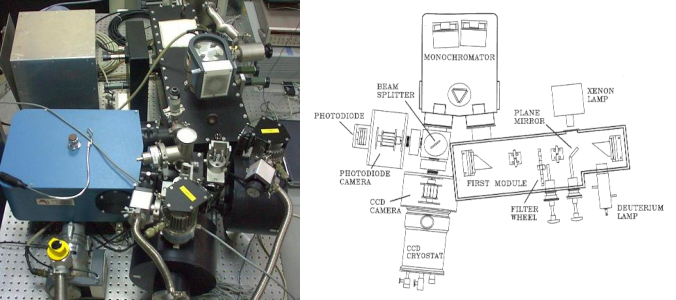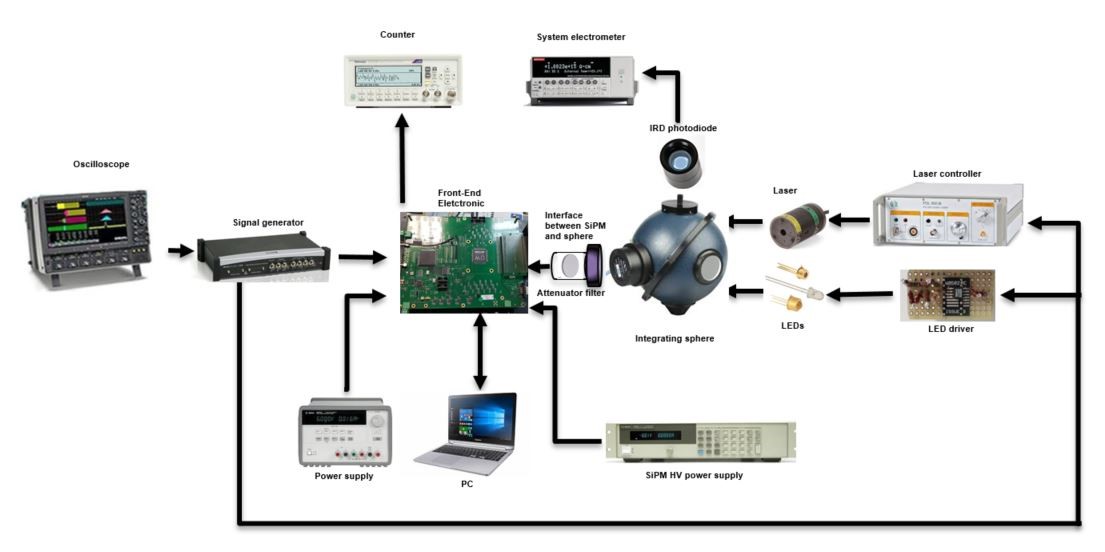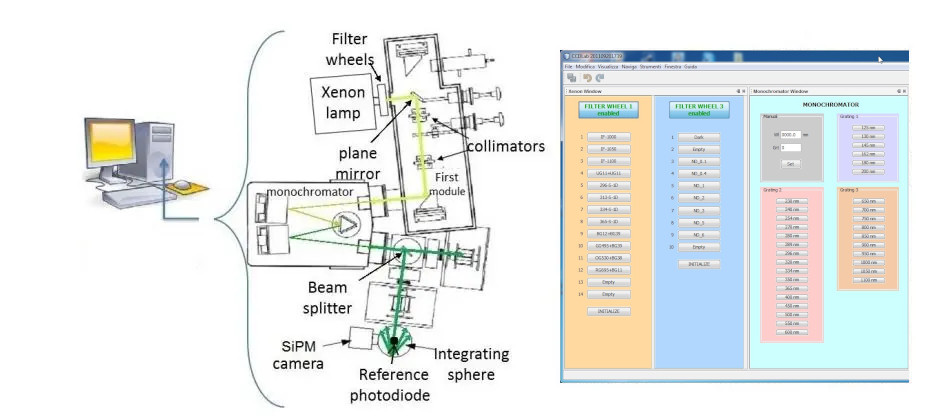Catania Astrophysical observatory SPace Detectors Laboratory (CASP)
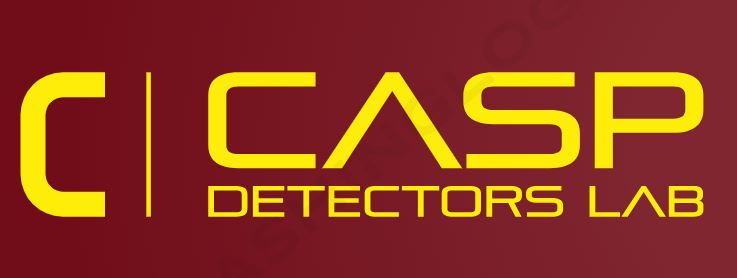
OACT AFFERENT STAFF
Giuseppe Romeo, Alessandro Grillo, Maria Cristina Timpanaro, Giovanni Bonanno, Romualdo Maugeri, Matteo Munari, Giovanni Occhipinti, Pietro Bruno, Francesco Schillirò
Head of: Dott. Ing. Giuseppe Romeo
The Catania Astrophysical Observatory SPace Detectors Laboratory (CASP) was born as a natural evolution and enhancement of the research and development activity carried out by the Catania Observatory Laboratory for Detectors (COLD). This laboratory represents a well-established reference point for the characterization and development of electro-optical sensors for astrophysical applications, both terrestrial and space, with a consolidated experience in the design and calibration of advanced instruments.
Due to COLD’s success and extensive expertise over more than three decades, the CASP Detectors Lab’s main goal is to expand measurement and calibration capabilities in the area of UV radiation detection (120-300 nm), thus expanding the range of analysis from NUV to NIR, and strengthening INAF’s contribution to international space research.
A Hub for Innovation in the Characterization of Sensors for Space.
The CASP laboratory inherits and enhances COLD’s know-how, integrating new technologies and advanced tools for the analysis of solid-state detectors (CCD, IAPS, SPAD, SiPM) and related electronic systems. Some of the major improvements introduced in the laboratory include:
- Upgrade of the measurement system with the introduction of a VUV-UV monochromator, essential for high-precision testing in the UV range.
- New calibration equipment, including deuterium lamps, turbo-molecular pumps and state-of-the-art pressure sensors, to ensure high-quality measurements even under vacuum conditions.
- Improved facility for spectroscopy and polarimetry of detectors, supporting high-profile space missions such as ExoMars, CTA, MEV, ASTRI, PAX and CUSP, dedicated to the study of high-energy astrophysics.
Electro-optical characterization setup with continuous-flow sources
Electro-optical characterization setups with pulsed sources
Characterization instrumentation control software
Collaborations and Impact on International Research
The CASP Lab is part of a network of national and international collaborations, consolidating relationships with:
- INAF-IAPS Rome, in particular with the High Energy and Related Technology for Astrophysics Group (HERTAG), for the development and calibration of X and UV detectors for space weather and heliophysics missions.
- INFN and FBK, for the characterization of SiPM sensors and the study of their radiation hardness, with a view to space and high-energy physics applications
- Industrial and academic collaborations, for the use of the CASP facility in spectroscopy experiments.
A Lab for the Future
The CASP Detectors Lab represents a decisive step toward consolidating a world-class center of expertise in advanced astrophysical instrumentation and sensor technology for space. Through instrumental upgrades and the support of the scientific community, the lab will provide a state-of-the-art environment for research, development and training of new generations of scientists and engineers.
With its integration with the COLD Lab and support from INAF, the CASP Lab is shaping up to be a strategic facility for the future of astrophysical observations and technological innovation in the field of electro-optical detection for space.
The CASP laboratory is committed to being a center of excellence in advanced characterization of detectors for astrophysical and scientific applications. Our mission is to develop, optimize, and validate innovative technologies for photon detection and analysis, improving sensor performance through a rigorous scientific approach and constant technology upgrades. A crucial aspect of our work is the evaluation of the efficiency of converting photons into measurable signals, key parameters such as Quantum Efficiency (QE) and Photon Detection Efficiency (PDE). Through advanced test methodologies and ultra-high-precision measurement instruments, we ensure accurate and reliable characterization, contributing to the development of new frontiers in weak signal detection for astrophysical research, fundamental physics, and industrial applications.
Our laboratory stands as a benchmark for innovation in detector characterization, promoting close collaboration among research institutes, high-tech companies and industrial partners. The goal is to develop technologically advanced solutions optimized for the needs of astrophysics and applied sciences. We believe that progress in this field comes through synergy between research and industry, with a multidisciplinary approach aimed at improving the sensitivity, reliability, and efficiency of detectors. To ensure state-of-the-art performance, we invest in the development of innovative test methodologies and ultra-high-precision measurement instrumentation, ensuring rigorous and comprehensive characterization of sensors for the most complex scientific applications.
The CASP laboratory grew out of the scientific and technological legacy of the COLD laboratory, which for more than 30 years conducted outstanding research in the field of detector characterization for astrophysics. Building on this solid experience, CASP continues to develop and refine innovative technologies for the analysis and characterization of electro-optical sensors, contributing to the advancement of science and industry. The laboratory specializes in the study and validation of advanced devices, including CCD (Charge Coupled Devices), IAPS (Intensified Active Pixel Sensor), SPAD (Single Photon Avalanche Diode), and SiPM (Silicon Photon Multiplier), with a particular focus on optimizing their performance for astrophysical, scientific, and industrial applications. In parallel, CASP is involved in the design of high-performance control and data acquisition systems, developing state-of-the-art test methodologies to ensure detector reliability and accuracy. The laboratory is distinguished by its interdisciplinary approach and ongoing collaboration with research institutions, companies and industrial partners, actively contributing to the evolution of detection technologies in the international scientific arena.
The CASP laboratory represents a center of excellence in advanced detector characterization, with a special focus on technological innovation, interdisciplinary research, and the development of state-of-the-art instrumentation. Its strengths are based on decades of experience and the continuous evolution of measurement and analysis techniques. Thanks to these competencies and the constant drive toward innovation, CASP is confirmed as a reference point for the characterization and development of next-generation detectors, contributing significantly to the evolution of detection technologies for science and industry.
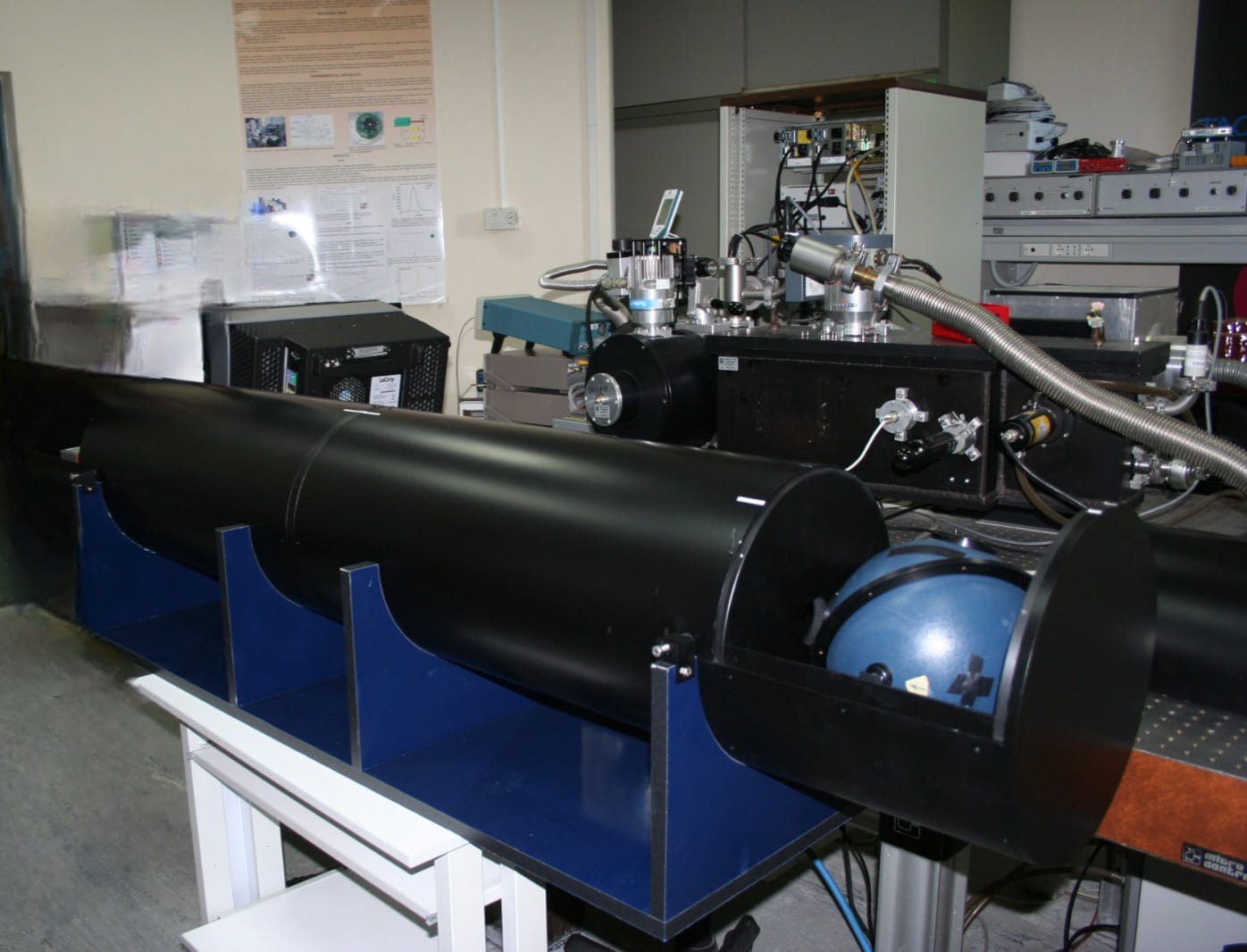
Setup for measuring photosensor response as a function of incidence angle
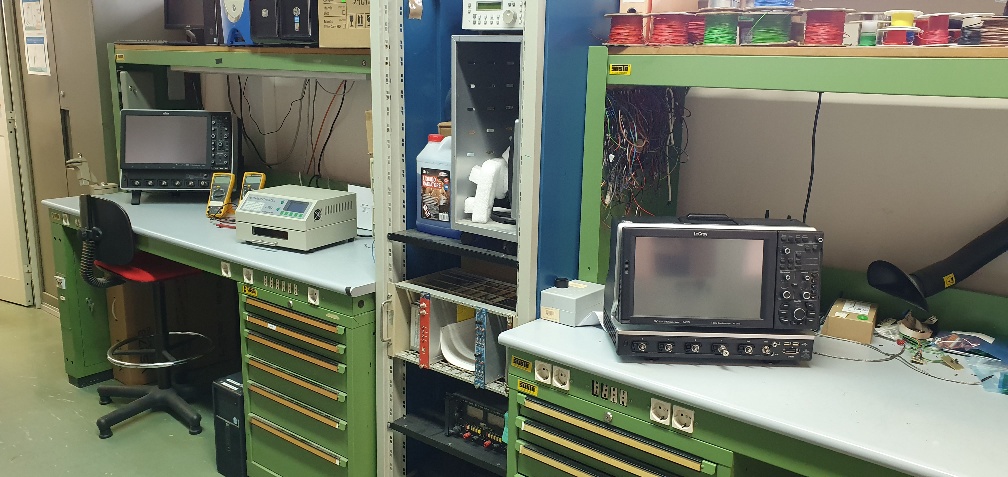
Electronic benches and oscilloscopes
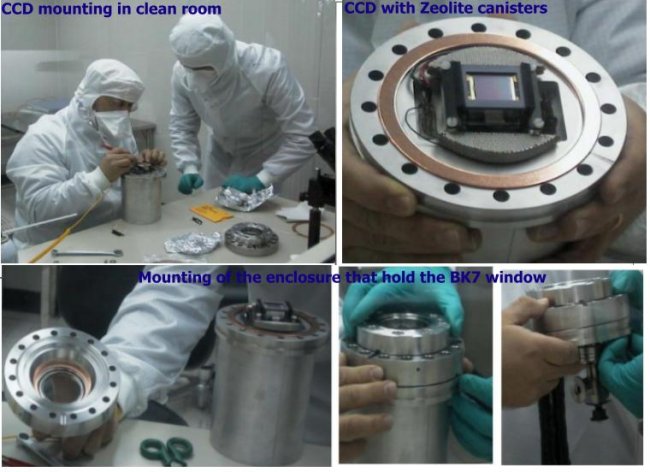
Some cryogenic systems for CCD in clean rooms
Contatti
Osservatorio Astrofisico di Catania
Via Santa Sofia 78, 95123 Catania, Italia
(+39) 095.7332111
segreteria.direzione.oact@inaf.it
(PEC): inafoacatania@pcert.postecert.it
Per informazioni sul nostro sito: web.oact@inaf.it
Per informazioni sulla didattica e divulgazione: divulgazione.oact@inaf.it
